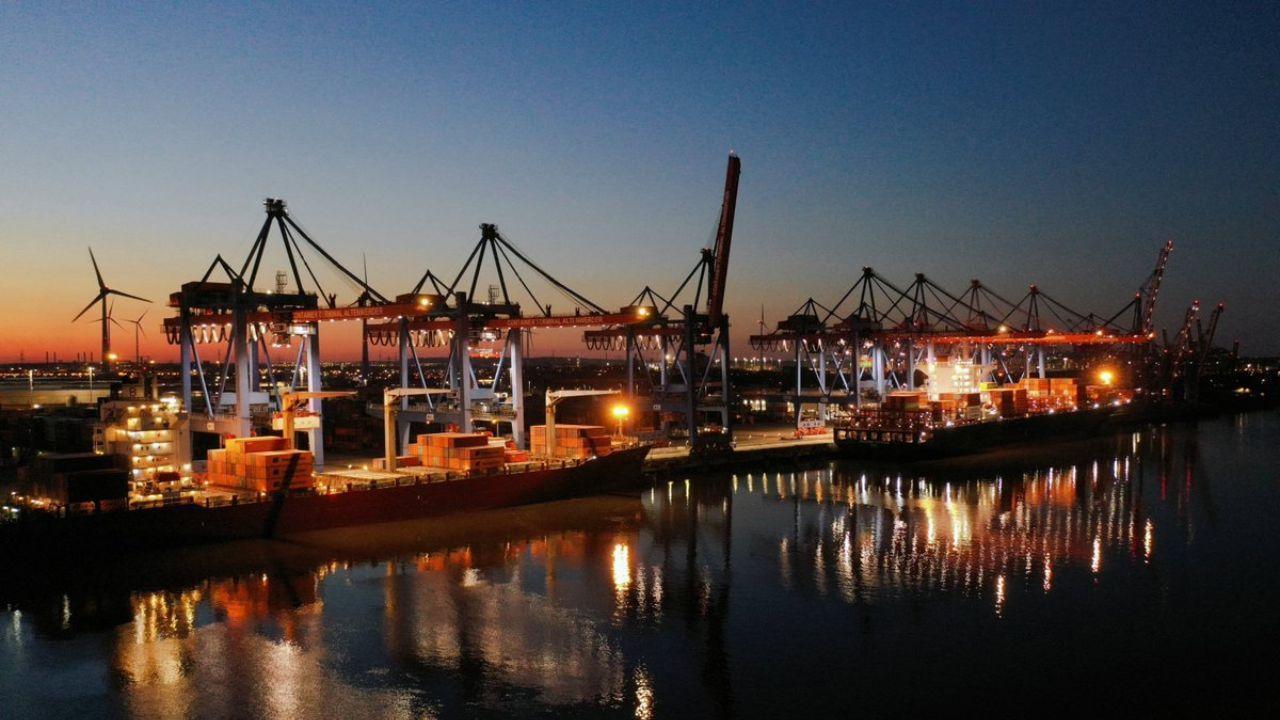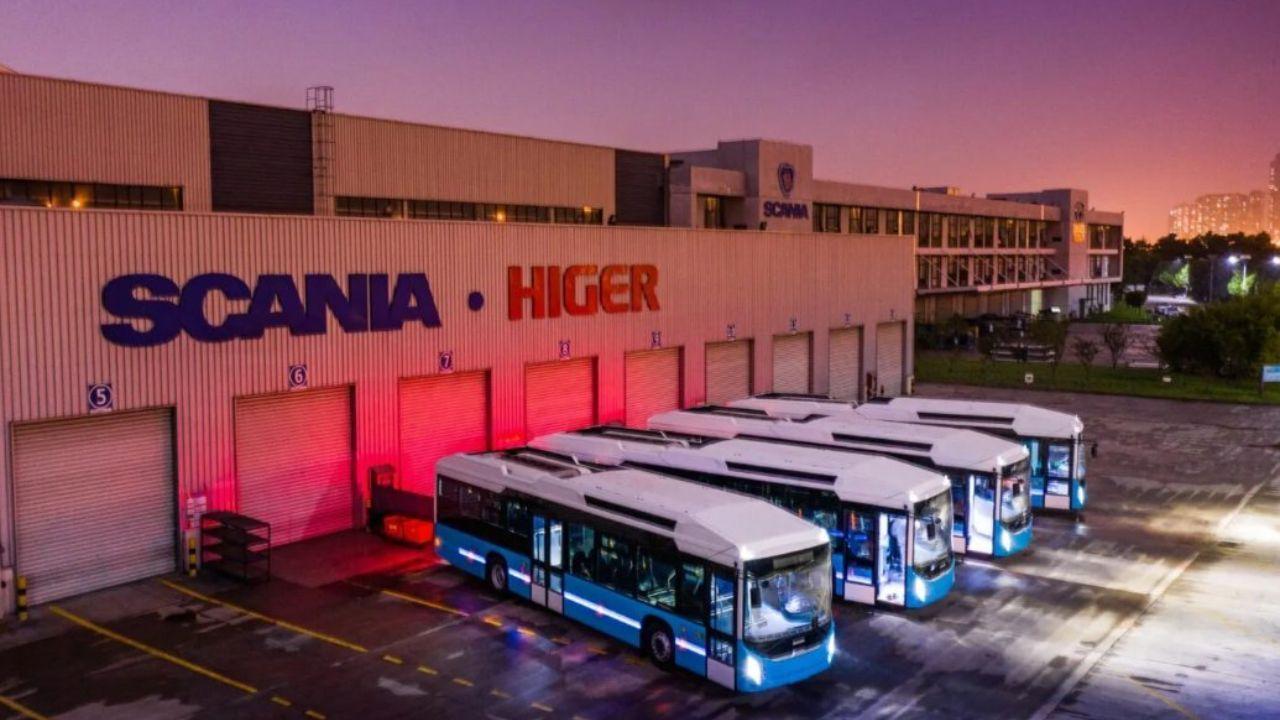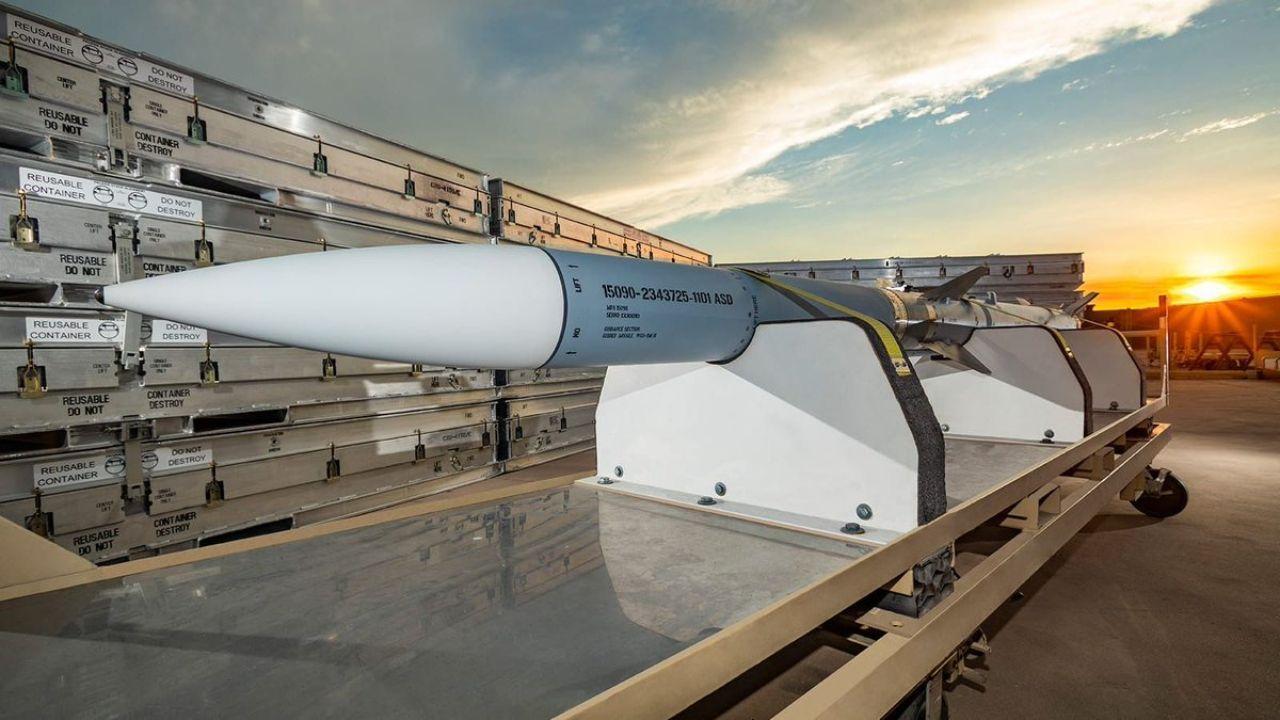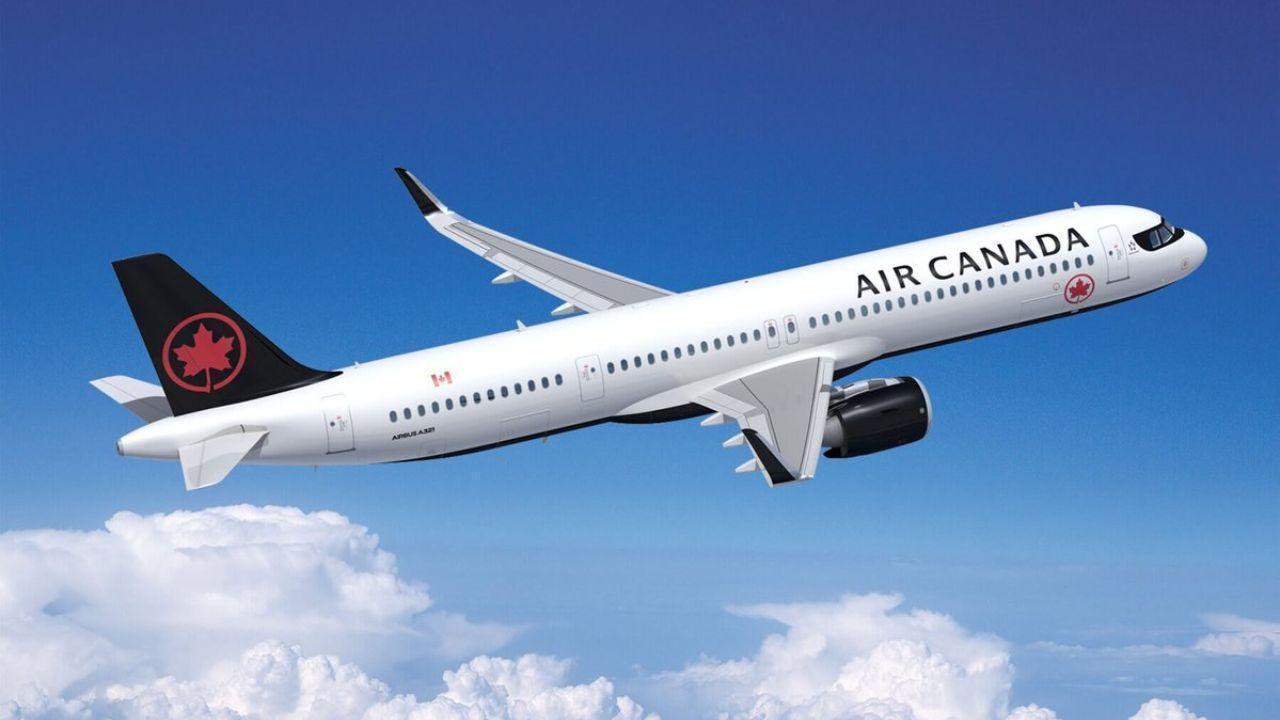
Post by : Avinab Raana
Photo : X / PiQ Newswire
Tale of Two Trends: Exports Dip as Output Climbs
Germany, Europe’s economic powerhouse, delivered a tale of two halves in July: exports unexpectedly declined by 0.6 percent, yet industrial production rose an impressive 1.3 percent. This contrast underscores the mounting pressure from external trade tensions even as domestic factories show resilience—or at least tenacity—in the face of adversity.
Tariffs Bite: U.S. Demand Slumps Sharply
The drop in exports was largely fueled by a nearly 8-percent plunge in shipments to the United States—the direct result of newly imposed 15 percent tariffs on EU goods. Once Germany’s most vital trading partner, the U.S. has become a murkier avenue for German exporters, stemming forward momentum and raising alarm bells across export-focused industries.
A Different Geography, a Different Story
While the U.S. frontier stumbled, Germany’s trade with EU countries improved, with exports rising 2.5 percent. Meanwhile, exports to non-EU partners continued to contract, down 4.5 percent. This divergence highlights the growing complexity of global trade flows, with regional demand offering a glimmer of support amid broader global headwinds.
Industrial Gears Still Turning For Now
Despite export setbacks, German factories roared to life in July. Industrial production surged by 1.3 percent—surpassing expectations and signaling operational momentum. Yet the three-month trend shows more caution, with output down by 0.1 percent compared to the previous period. Still, the July rebound offers a critical boost in morale and underscores the sector’s capacity for adaptability.
Orders Lag Behind Output
The industrial revival is clouded by another challenge: orders continue to fall. For the third consecutive month, incoming industrial orders dropped—this time by 2.9 percent. This decline suggests that despite factories pushing out goods, demand isn’t keeping pace. It’s a red flag that future output may struggle unless new contracts surface.
Trade Surplus Shrinks
Germany’s trade surplus narrowed to €14.7 billion in July, down from €15.4 billion in June. While a surplus remains, its shrinking size echoes the softening momentum of export markets and the tightening squeeze of tariffs.
A Temporary Reprieve or Structural Reprieve?
Analysts caution that July’s recovery could be a temporary reprieve, perhaps tied to inventory restocking. The rebound was supported in part by revised June data—factories had actually declined 0.1 percent in June instead of a previously reported 1.9 percent increase. This volatility underscores how much of Germany’s recovery still hangs on statistical revisions and global trade dynamics.
Tariff Tensions Cast a Long Shadow
U.S. tariffs on EU imports are proving to be more than a minor disruption—they are reshaping trade patterns. Germany, once enjoying smooth exports to its top partner, now finds itself recalibrating its external dependencies. The divergence with U.S. demand contrasts sharply with stronger ties within Europe, exposing the fragility of global interdependence.
Will Rising Production Outlast Slumping Orders?
The gap between surging production and falling orders raises questions about sustainability. If orders don’t recover, the July rebound could fade, potentially dragging the industrial sector back into contraction. Germany’s ability to translate temporary production gains into continued economic stamina may hinge on renewed investment or broader trade revival.
Structural Strains and Economic Fatigue
Germany’s inland strength continues to be drained by structural woes—high energy costs, rigid regulations, labor constraints, and lagging digitalization. A broader economic malaise looms, with forecasts already being trimmed and policymakers under pressure to deliver meaningful support.
The Broader European Context
Germany’s struggles resonate across Europe. As the region’s largest economy, a faltering German industrial sector could ripple outward, impacting supply chains, investor sentiment, and regional growth projections. For now, the industrial uptick is a modest bright spot in an otherwise cloudy macroeconomic picture.
Key Questions
Germany’s path forward hinges on several pivot points:
Will U.S.–EU tariffs persist or ease?
Can industrial orders rebound in the coming months?
Will internal fiscal stimulus, structural reforms, and regional cooperation restore robust growth?
The stakes are high—and how Germany navigates them could shape the EU’s economic trajectory for years to come.
Germany, Exports, Industrial Output










Vande Bharat Passenger’s Spitting Incident Sparks Nationwide Debate
A passenger spitting on the Vande Bharat Express floor sparks online debate on civic sense cleanline

OnTrac Introduces Ground Essentials Service for Affordable and Reliable Shipping
OnTrac launches Ground Essentials a new service offering cost-effective parcel delivery with up to 3

Breeze Airways Earns Five-Star Status as North America's Top Airline
Breeze Airways achieves a five-star rating marking it as North America's leading major airline for 2

Royal Enfield Cuts Prices on 350cc Bikes After GST Rate Reduction
Royal Enfield reduces prices on 350cc motorcycles from September 22, 2025, following GST rate cuts,

Viva ACP Boosts Bus Safety with Strong Lightweight Aluminium Panels
Viva ACP’s panels make buses safer lighter and stronger—saving energy and protecting passengers with

Steelpaint’s Stelcatec Coating Gets UK Rail Approval
Steelpaint’s Stelcatec coating approved by UK Network Rail for durable, fast, and effective protecti